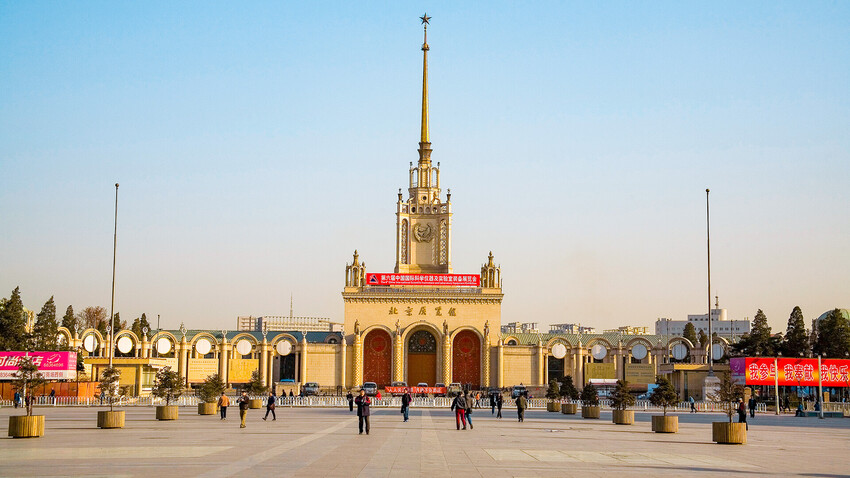
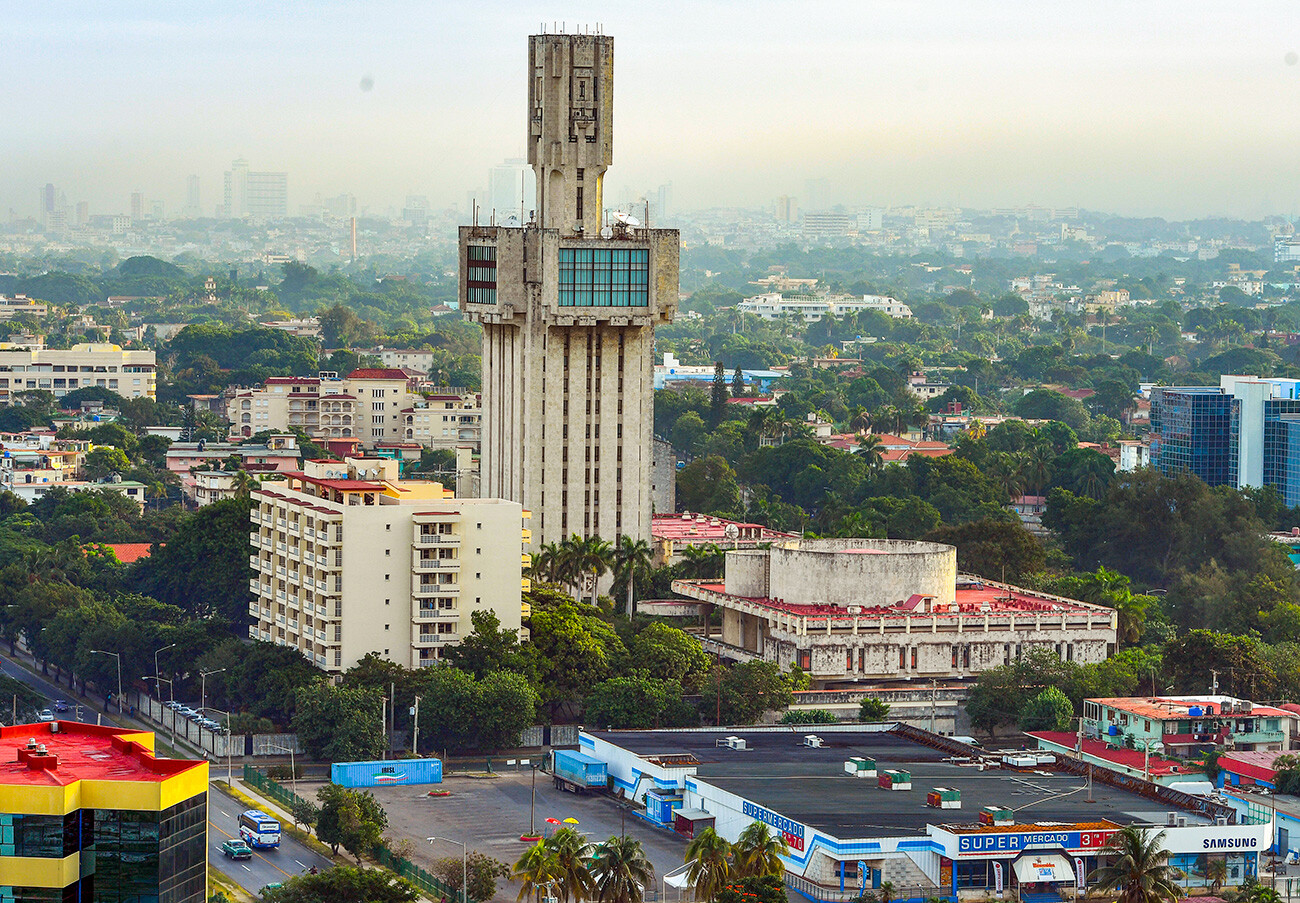
The complex of buildings for the Embassy of the Soviet Union in Cuba was designed by architects Alexander Rochegov, project manager of the Leningradskaya Hotel in Moscow, and Maria Engelke, author of the decor of the Arbatskaya Moscow Metro station. The center is a snow-white tower that rises above one of the main thoroughfares of the city. The building now houses the Russian diplomatic mission in Cuba.
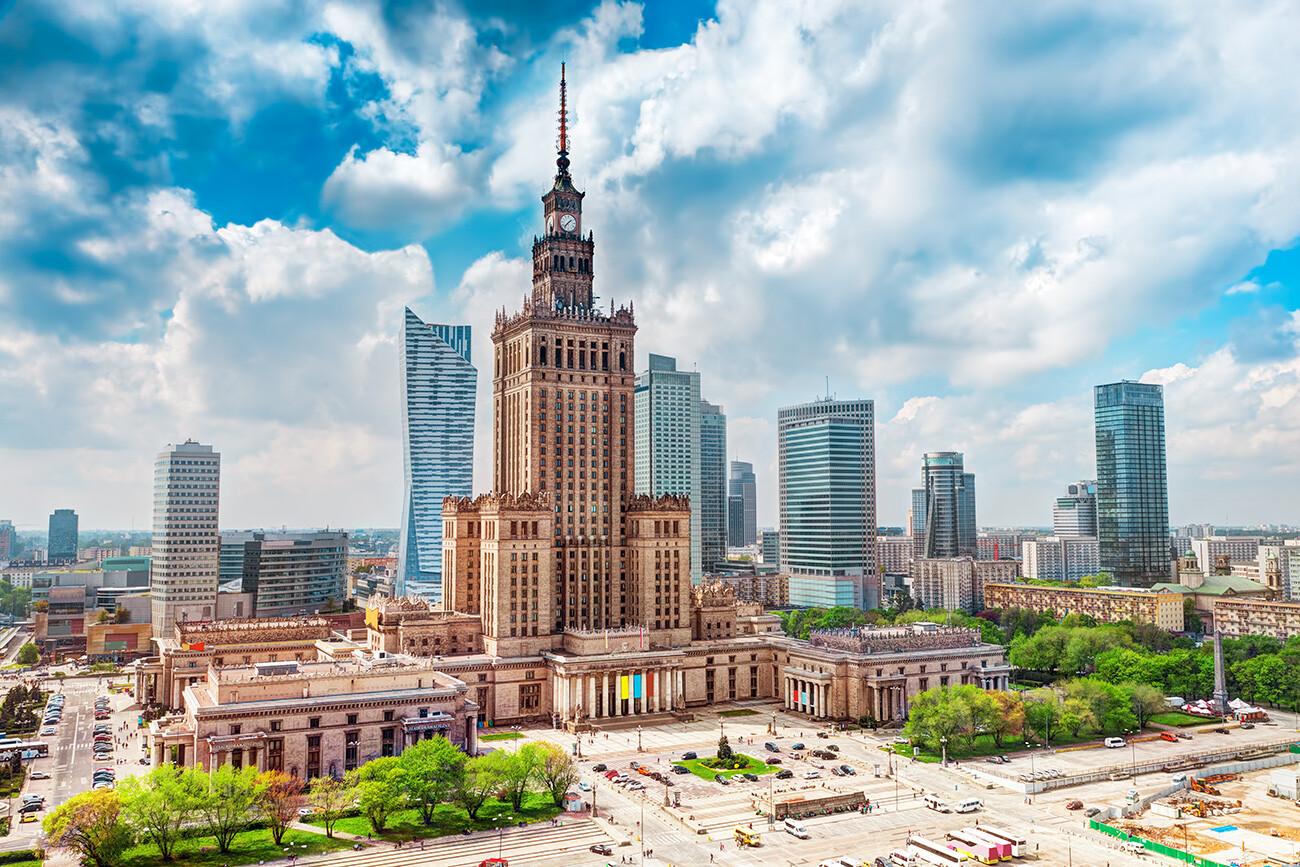
Lev Rudnev, the architect of the main building of Lomonosov Moscow State University, one of the famous Stalinist high-rises, worked on the project for the Polish capital in the mid-1950s. Although, the visual similarities between these buildings are obvious, the architect did add elements of famous Polish buildings to the classic Stalinist high-rise design, including Krakow's Cloth Hall and Town Hall. Together with the spire, the total height is 237 meters. It now houses a Marriott hotel, museums, theaters, a congress center and other institutions.

In the 1960s-1970s, architect Yevgeny Rozanov started a project for the development of the center of the capital of Uzbekistan. This included the Lenin Museum building. The irregular cube is lined with openwork marble panjar lattices. It is both a reminder of national traditions and an effective solution for protection from the bright sun. Now, the building houses the Museum of History of Uzbekistan, the oldest in the country.
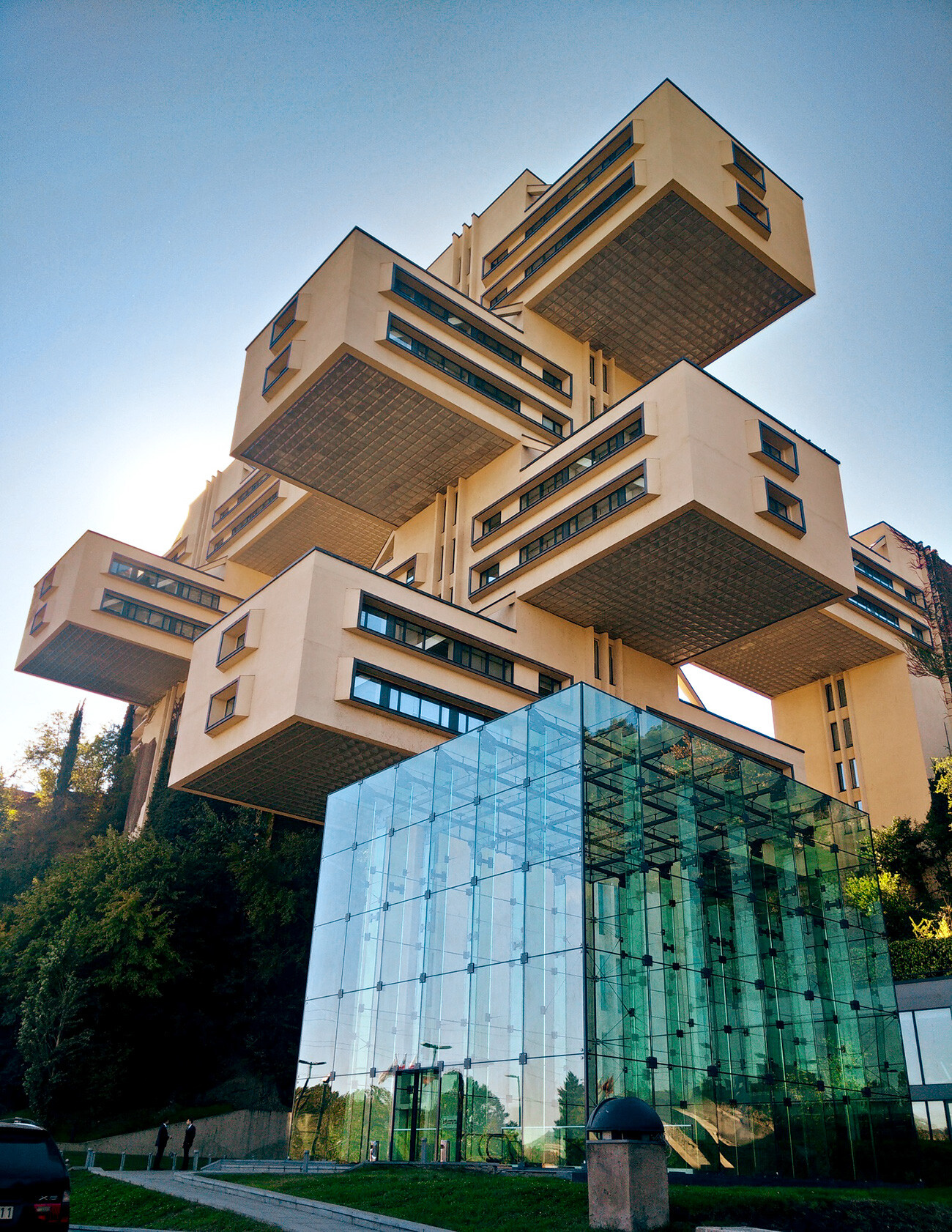
The building, consisting of huge, intersecting concrete beams, is like a project by avant-garde artist El Lissitzky that seems to have been lost in time. It was built in 1975 according to a design by Giorgi Chakhava and Zurab Dzhalaghania for the Georgian Ministry of Roads.
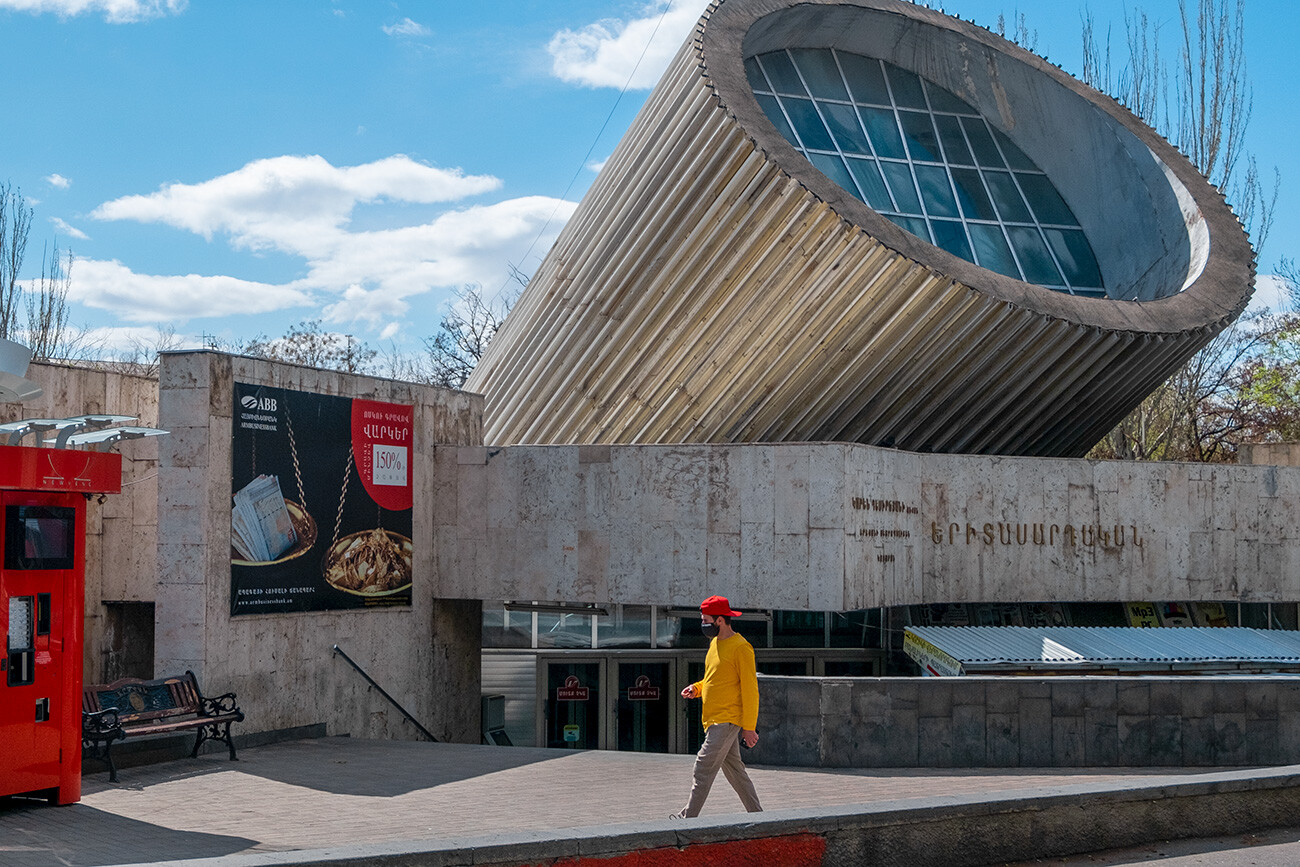
The ground lobby of ‘Yeritasardakan’ station was opened in 1981 and immediately became one of the city’s landmarks. It is made in the form of a inclined, reinforced concrete tower or a huge lantern, which rests on the “wings” of the lobby. Thanks to this design, passengers who go up the escalator literally ride from the depths of Earth to the light.
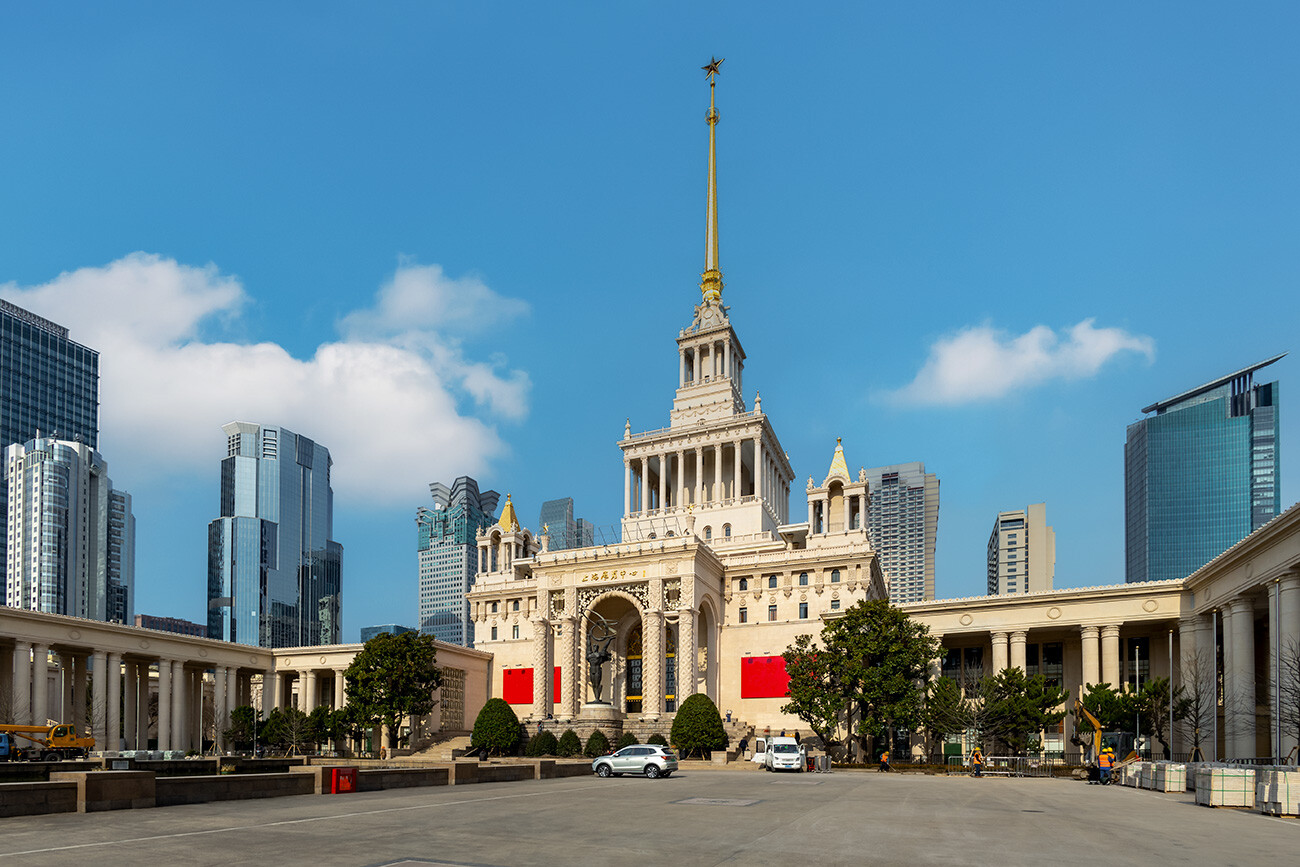
A quick glance at the building with the spire is enough to remind you of the familiar silhouette of the VDNKh’s main pavilion. The exhibition complex was erected in less than a year on the site of the ‘Garden of Love’ in the city center. Until the late 1980s, the House of Soviet-Chinese Friendship remained the tallest building in Shanghai and the gleaming red star on the spire was visible from anywhere.
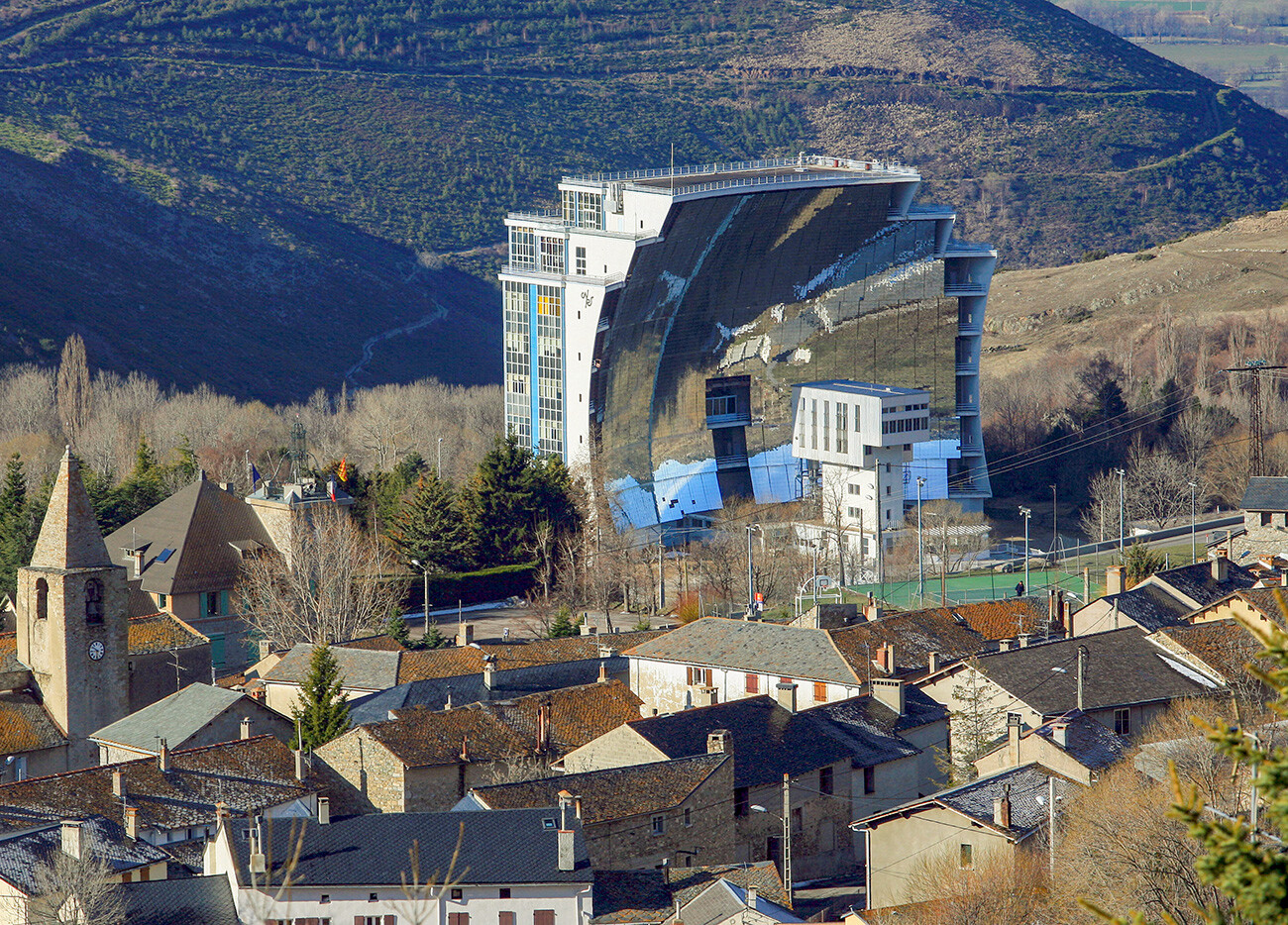
This is a solar complex with a large solar furnace that produces high quality alloys and metals and a solar concentrator that focuses the sun's rays. It was built for research into high-temperature solar technologies, which were carried out by Uzbek scientist Sadyk Azimov in the 1970s. The project, which a group of architects led by Viktor Zakharov worked on, was quite complex. They chose the sunniest place possible - there are at least 270 sunny days a year. And due to high seismic activity, it was decided to build the complex on a single rock mass.
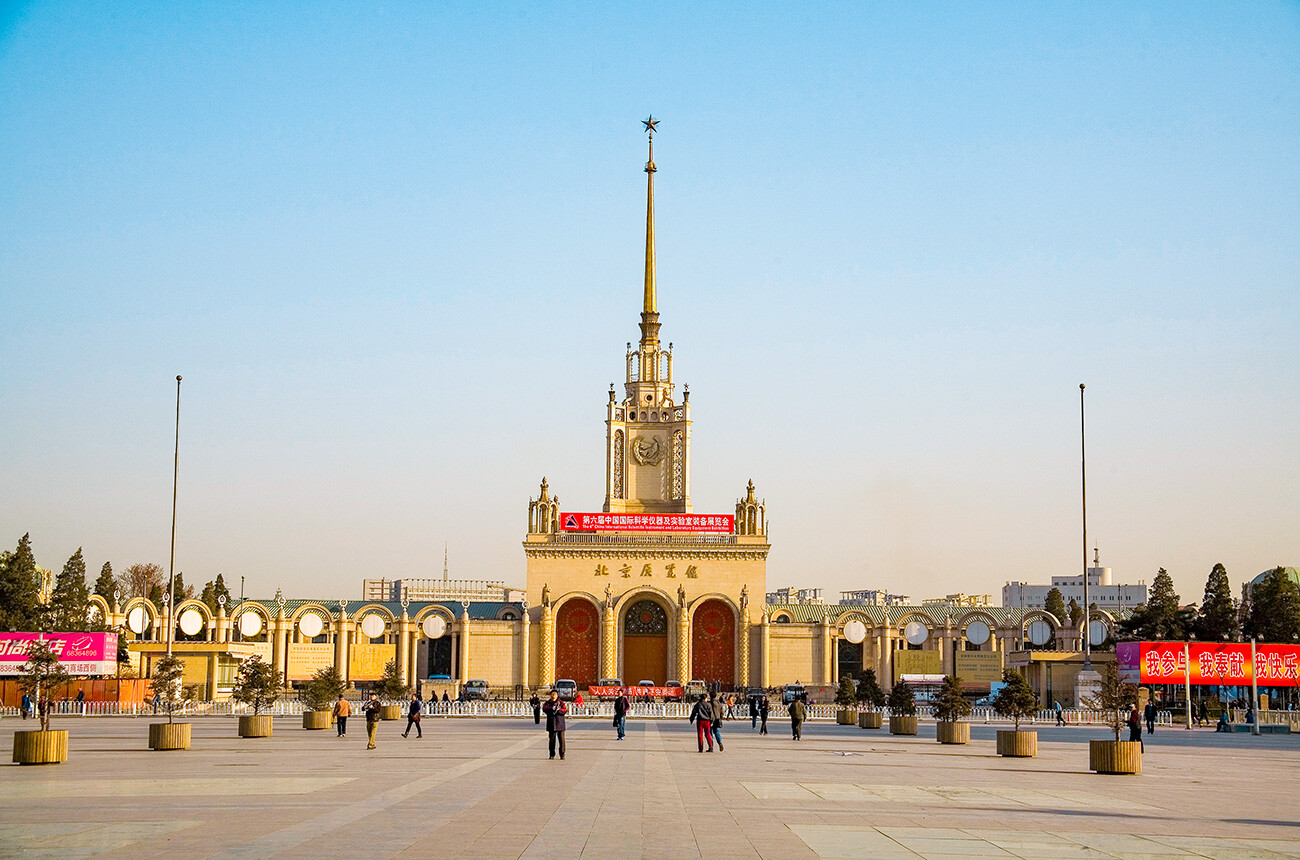
A huge exhibition center with a central building with a spire and a red star was designed by architect Viktor Andreev in the early 1950s. The complex is considered one of the key projects created after the founding of the People's Republic of China. The Soviet Exhibition Center (as it was called then) was inaugurated by then Prime Minister Zhou Enlai. The coats of arms of the Soviet republics were placed between the columns, while inside, the achievements of Soviet industry were displayed.
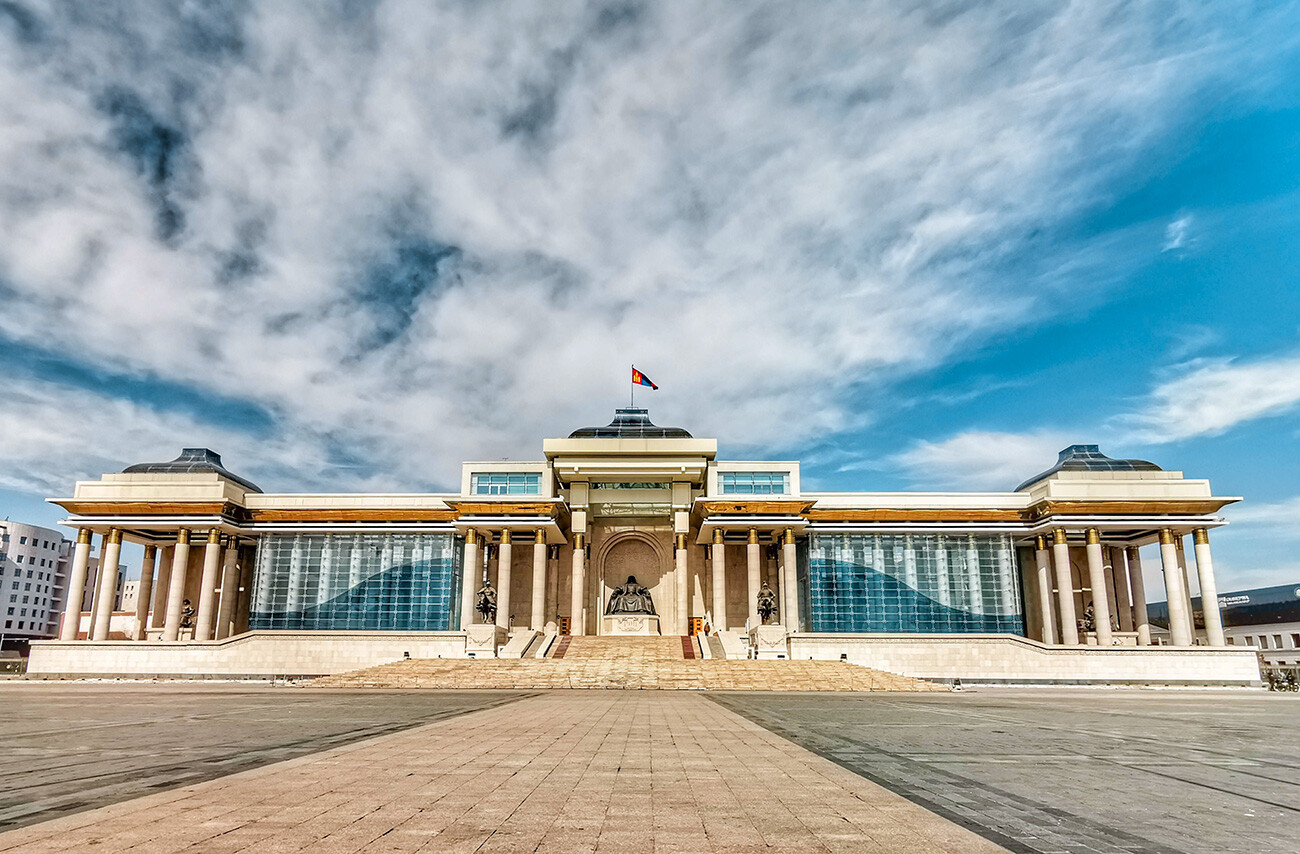
In the mid-1950s, the capital of Mongolia was being actively developed. Sukhbaatar Square became the center of the city - it was once the site of the Ikh-Khure monastery. It was there that the main administrative buildings were erected, including the government building, which was designed by Soviet architects.
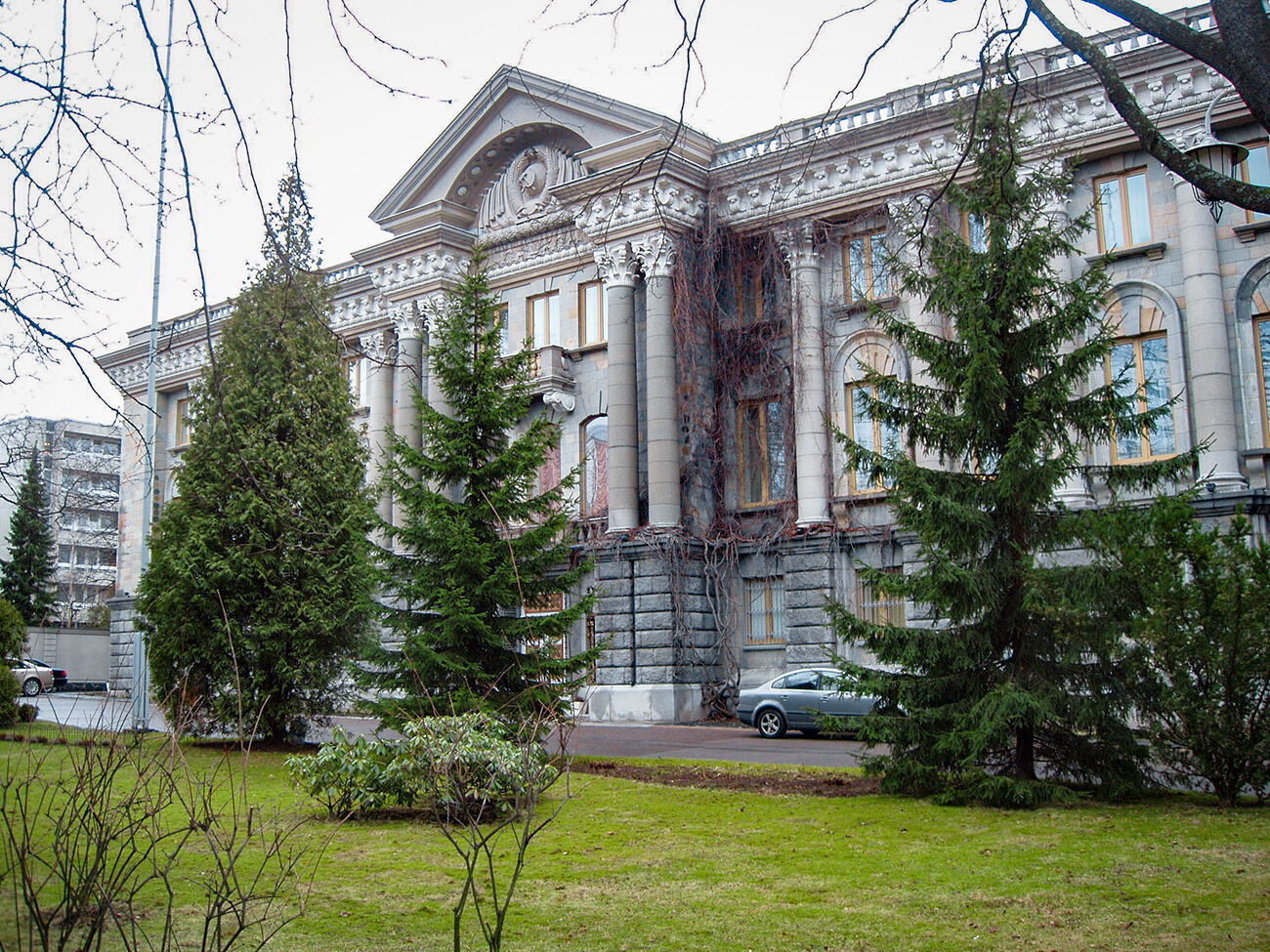
Like the Soviet diplomatic missions in Romania and the GDR (East Germany), the Soviet Embassy in Finland was designed by architect Anatoly Strizhevsky. The Stalinist Empire-style building is clad in granite and decorated with the Soviet coat of arms.
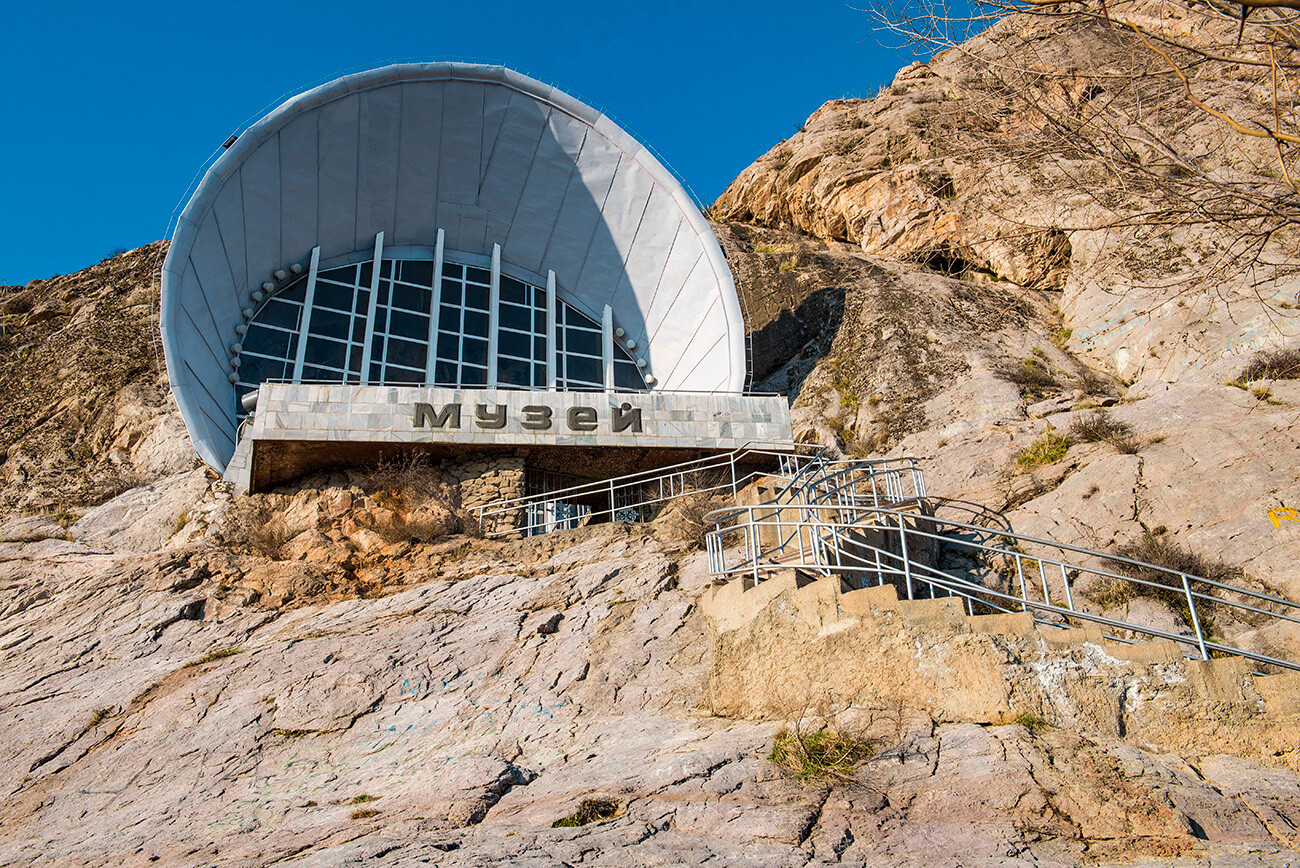
The building with a barred arch inside the Mount Sulaiman-Too was built in 1978. This place is considered sacred for Muslims: Prophet Suleiman once prayed on the top of the mountain. Hence the name, which translates as “Suleiman's throne”. Initially, they wanted to organize a restaurant with a view, but, in the end, in the building in the style of Soviet modernism became home to a local history museum.
Dear readers,
Our website and social media accounts are under threat of being restricted or banned, due to the current circumstances. So, to keep up with our latest content, simply do the following:
If using any of Russia Beyond's content, partly or in full, always provide an active hyperlink to the original material.
Subscribe
to our newsletter!
Get the week's best stories straight to your inbox